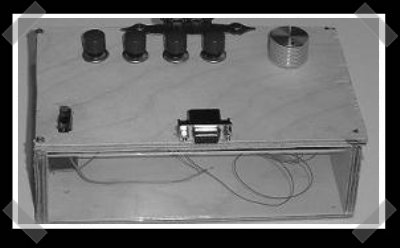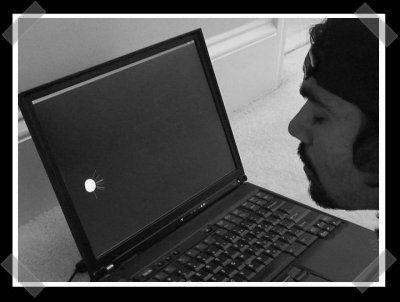
[Johny Lee] sent in his(pdf) awesome projector calibration project. By adding embedding some optical fiber that feed into a set of USB connected light sensors, his groups software can determine the exact pixel position of each sensor. Once the positions are determined, the projected image can be dynamically adjusted to fix the screen. The technique can be used to stitch together multiple projectors, and even calibrate an image to project onto a three dimensional model. I know some home theater nuts that would love to have this system for calibrating their CRT projectors.
This is such an excellent project, that I want to give credit where it’s due – it was developed by [Johnny C. Lee], [Paul H. Dietz], [Dan Maynes-Aminzade], [Ramesh Raskar] and [Scott E. Hudson].
Be sure to check out the video demo after the break!
















